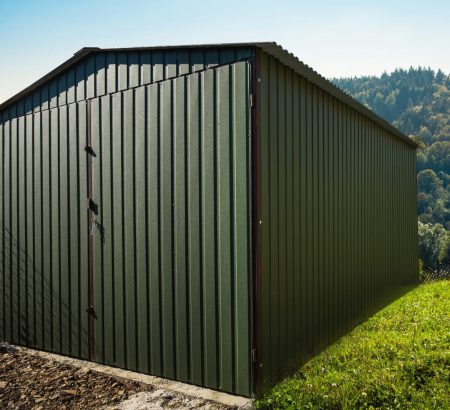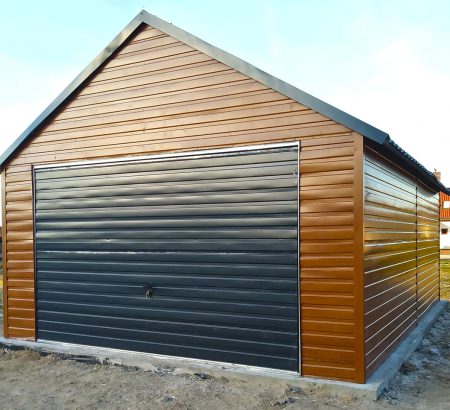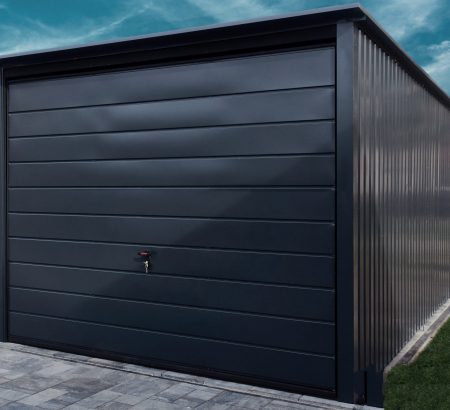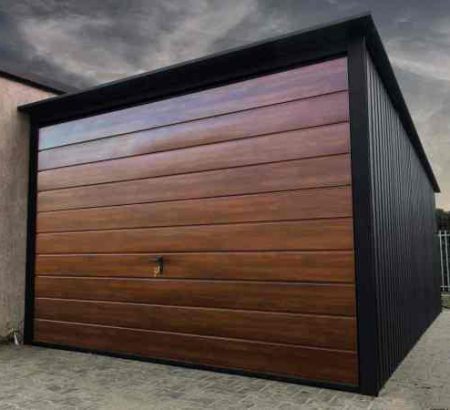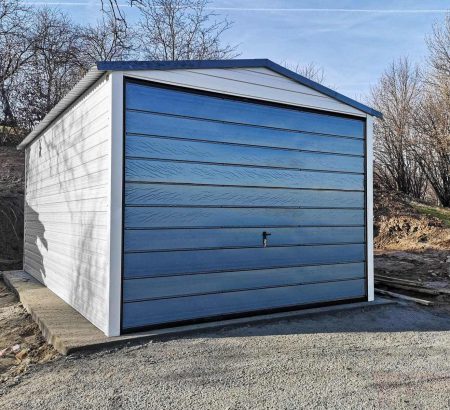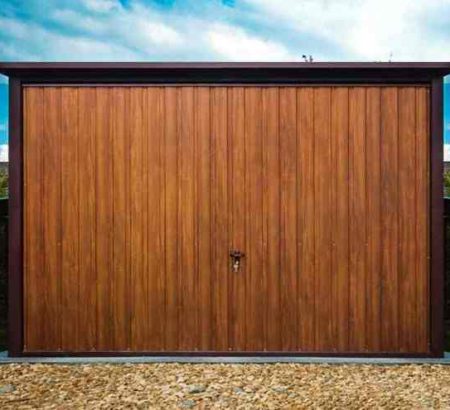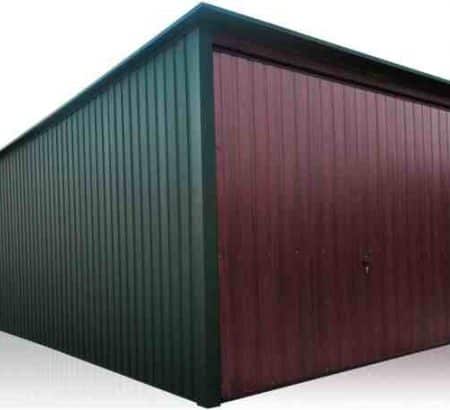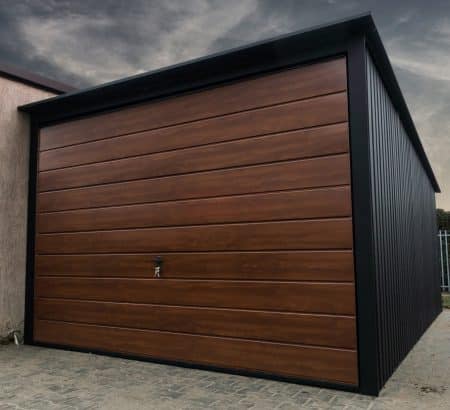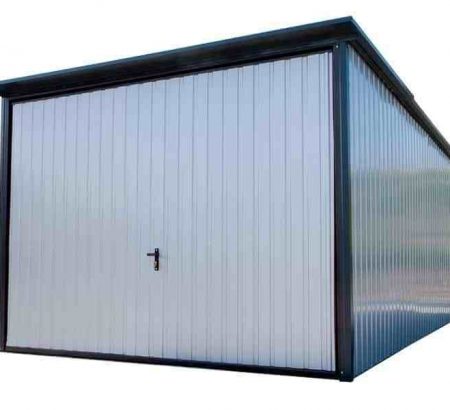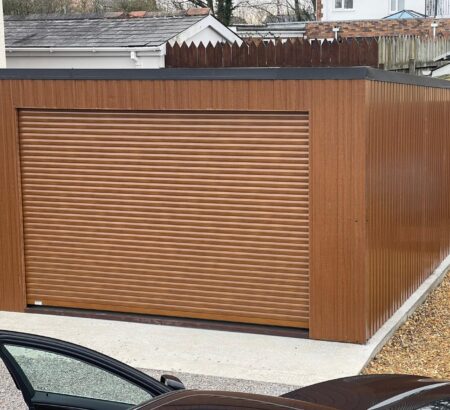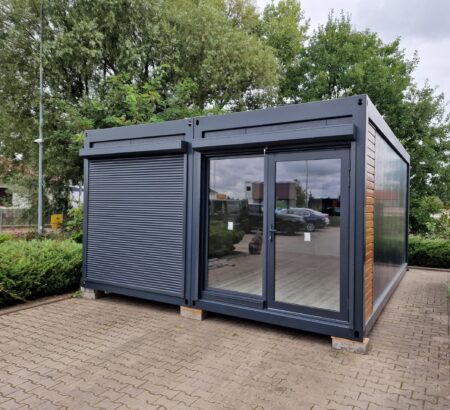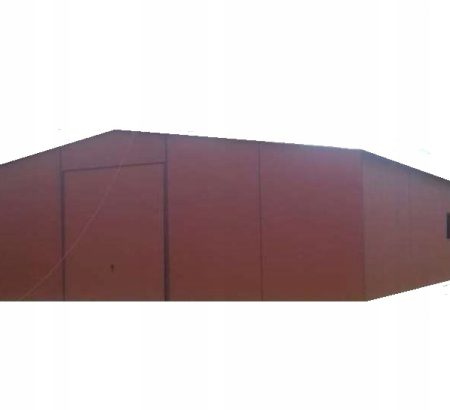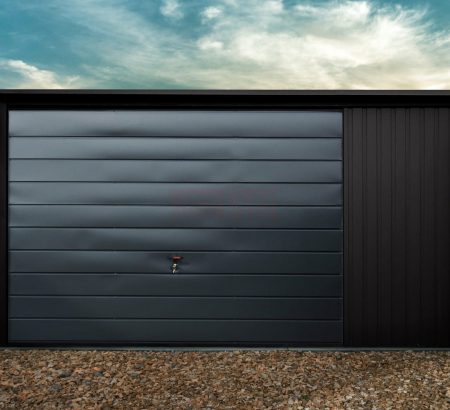Consteel Ltd
-
£ 6,300.00Original price was: £ 6,300.00.£ 6,250.00Current price is: £ 6,250.00. -
£ 4,800.00Original price was: £ 4,800.00.£ 4,700.00Current price is: £ 4,700.00. -
£ 4,750.00Original price was: £ 4,750.00.£ 4,700.00Current price is: £ 4,700.00. -
£ 6,900.00Original price was: £ 6,900.00.£ 6,700.00Current price is: £ 6,700.00. -
£ 4,800.00Original price was: £ 4,800.00.£ 4,700.00Current price is: £ 4,700.00. -
£ 4,800.00Original price was: £ 4,800.00.£ 4,700.00Current price is: £ 4,700.00. -
£ 5,200.00Original price was: £ 5,200.00.£ 5,100.00Current price is: £ 5,100.00. -
£ 16,000.00Original price was: £ 16,000.00.£ 14,999.00Current price is: £ 14,999.00. -
£ 4,800.00Original price was: £ 4,800.00.£ 4,700.00Current price is: £ 4,700.00. -
£ 4,800.00Original price was: £ 4,800.00.£ 4,700.00Current price is: £ 4,700.00. -
£ 6,200.00Original price was: £ 6,200.00.£ 6,175.00Current price is: £ 6,175.00. -
£ 4,800.00Original price was: £ 4,800.00.£ 4,700.00Current price is: £ 4,700.00. -
£ 4,800.00Original price was: £ 4,800.00.£ 4,700.00Current price is: £ 4,700.00. -
£ 5,600.00Original price was: £ 5,600.00.£ 5,400.00Current price is: £ 5,400.00.
-
£ 5,200.00Original price was: £ 5,200.00.£ 5,100.00Current price is: £ 5,100.00. -
£ 5,200.00Original price was: £ 5,200.00.£ 5,100.00Current price is: £ 5,100.00. -
£ 5,200.00Original price was: £ 5,200.00.£ 5,100.00Current price is: £ 5,100.00.
-
£ 2,500.00Original price was: £ 2,500.00.£ 2,250.00Current price is: £ 2,250.00. -
£ 7,650.00Original price was: £ 7,650.00.£ 7,550.00Current price is: £ 7,550.00. -
£ 10,500.00Original price was: £ 10,500.00.£ 9,999.00Current price is: £ 9,999.00. -
£ 60,000.00Original price was: £ 60,000.00.£ 55,000.00Current price is: £ 55,000.00. -
£ 6,900.00Original price was: £ 6,900.00.£ 6,700.00Current price is: £ 6,700.00. -
£ 4,800.00Original price was: £ 4,800.00.£ 4,300.00Current price is: £ 4,300.00. -
£ 6,400.00Original price was: £ 6,400.00.£ 6,300.00Current price is: £ 6,300.00. -
£ 6,600.00Original price was: £ 6,600.00.£ 6,500.00Current price is: £ 6,500.00. -
£ 5,800.00Original price was: £ 5,800.00.£ 5,700.00Current price is: £ 5,700.00. -
£ 5,800.00Original price was: £ 5,800.00.£ 5,700.00Current price is: £ 5,700.00. -
£ 6,300.00Original price was: £ 6,300.00.£ 6,200.00Current price is: £ 6,200.00.
-
£ 6,300.00Original price was: £ 6,300.00.£ 6,250.00Current price is: £ 6,250.00. -
£ 4,800.00Original price was: £ 4,800.00.£ 4,700.00Current price is: £ 4,700.00. -
£ 6,900.00Original price was: £ 6,900.00.£ 6,700.00Current price is: £ 6,700.00. -
£ 4,750.00Original price was: £ 4,750.00.£ 4,700.00Current price is: £ 4,700.00. -
£ 4,800.00Original price was: £ 4,800.00.£ 4,700.00Current price is: £ 4,700.00. -
£ 16,000.00Original price was: £ 16,000.00.£ 14,999.00Current price is: £ 14,999.00. -
£ 5,600.00Original price was: £ 5,600.00.£ 5,400.00Current price is: £ 5,400.00. -
£ 5,200.00Original price was: £ 5,200.00.£ 5,100.00Current price is: £ 5,100.00. -
£ 6,200.00Original price was: £ 6,200.00.£ 6,175.00Current price is: £ 6,175.00. -
£ 4,800.00Original price was: £ 4,800.00.£ 4,700.00Current price is: £ 4,700.00. -
£ 4,800.00Original price was: £ 4,800.00.£ 4,700.00Current price is: £ 4,700.00. -
£ 4,800.00Original price was: £ 4,800.00.£ 4,700.00Current price is: £ 4,700.00. -
£ 4,800.00Original price was: £ 4,800.00.£ 4,700.00Current price is: £ 4,700.00. -
£ 4,800.00Original price was: £ 4,800.00.£ 4,700.00Current price is: £ 4,700.00. -
£ 2,500.00Original price was: £ 2,500.00.£ 2,250.00Current price is: £ 2,250.00.
Metal garages have become increasingly popular as a cost-effective and durable storage solution for homeowners and businesses alike. Whether you need extra space for your vehicles, equipment, or personal belongings, a metal garage offers the versatility and security you need. In this comprehensive guide, we will explore everything you need to know about metal garages, from their advantages and customization options to maintenance tips and buying considerations.
1. Why Choose a Metal Garage
Metal garages offer numerous advantages over other types of storage solutions. Here are some key reasons why you should consider choosing a metal garage for your storage needs.
Durability and Longevity
Metal garages are known for their exceptional durability and longevity. They are engineered to withstand harsh weather conditions, including heavy rain, snow, and strong winds. The high-quality materials used in metal garages make them resistant to rust, corrosion, and pest infestations, ensuring that your belongings are protected for years to come.
Versatility and Customization
One of the major benefits of metal garages is their versatility and customization options. Whether you need a simple storage space or a complete workshop, metal garages can be tailored to meet your specific requirements. They can be designed with various door and window options, insulation, ventilation systems, and interior layouts to suit your needs.
Cost-Effectiveness
Compared to traditional wooden garages or brick-and-mortar structures, metal garages are a cost-effective solution. The materials used in metal garages are more affordable, and their construction requires less time and labor. Additionally, metal garages have low maintenance costs and are energy-efficient, saving you money in the long run.
Easy Installation
Metal garages are designed for easy installation, making the process quick and hassle-free. Most metal garage suppliers provide detailed instructions and pre-cut components, allowing you to assemble the garage yourself or hire professionals for a seamless installation. The straightforward installation process ensures that you can start using your metal garage in no time.
2. Types of Metal Garages
Metal garages come in various types to suit different storage needs. Understanding the different types will help you choose the right option for your specific requirements.
Standard Metal Garages
Standard metal garages are the most common type and are ideal for housing vehicles, equipment, and other belongings. They are available in a range of sizes and can be customized with additional features such as windows, doors, or insulation.
RV Garages
RV garages are specifically designed to accommodate recreational vehicles, motorhomes, or travel trailers. They are typically taller and wider than standard metal garages to accommodate the height and size of RVs. RV garages can also be customized with features like electrical hookups and additional storage space.
Carport Garages
Carport garages provide shelter for vehicles without fully enclosing them. They consist of a roof supported by columns or posts, offering protection against sun, rain, and snow. Carport garages are a cost-effective option for those looking for a simple and open storage solution.
Workshop Garages
Workshop garages are designed for those who require a dedicated space for their hobbies, DIY projects, or professional work. These garages provide ample space for workbenches, tools, and equipment. Workshop garages can be customized with insulation, lighting, and specialized storage solutions.
3. Factors to Consider Before Buying
Before purchasing a metal garage, there are several important factors to consider. These factors will ensure that you choose a garage that meets your specific needs and requirements.
Size and Layout
Determining the size and layout of your metal garage is crucial. Consider the number and size of vehicles or items you need to store and ensure that the garage has enough space to accommodate them comfortably. Additionally, think about any future storage needs you may have to avoid outgrowing the garage too quickly.
Local Building Codes and Permits
Before installing a metal garage, it is important to check your local building codes and regulations. Some areas have specific requirements for the size, location, and appearance of garages. It is also necessary to obtain any necessary permits or approvals before starting the installation process.
Roof Style
Metal garages typically come with three main roof styles: regular, boxed-eave, and vertical. The regular roof style consists of horizontally oriented panels, while the boxed-eave roof style has a more traditional A-frame design. The vertical roof style features vertically oriented panels, allowing for better water and snow runoff. Consider the climate in your area to determine the most suitable roof style for your metal garage.
Color Options
Metal garages are available in a wide range of color options, allowing you to choose a color that matches your existing structures or personal preferences. Consider the aesthetics of your property and select a color that complements the surrounding environment.
Additional Features
Think about any additional features or accessories you may need for your metal garage. This could include windows for natural light, skylights for ventilation, or insulation for temperature control. Some suppliers also offer options for adding shelving, workbenches, or additional storage solutions to maximize the functionality of your garage.
4. Maintenance and Care
Proper maintenance and care are essential for ensuring the longevity and performance of your metal garage. Here are some important steps to follow in maintaining your metal garage.
Regular Cleaning
Regular cleaning is necessary to remove dirt, dust, and debris from your metal garage. Use a mild detergent and a soft brush or cloth to clean the garage’s exterior. Pay attention to areas prone to dirt buildup, such as corners and joints. Rinse the garage thoroughly with water after cleaning to remove any soap residue.
Inspecting for Damage
Regular inspections of your metal garage will help identify any signs of damage or wear. Check for any dents, scratches, or loose components. Inspect the roof for any leaks or signs of water damage. Promptly address any issues to prevent further damage and ensure the structural integrity of your garage.
Repairing Minor Damages
If you notice any minor damages, such as small dents or scratches, they can usually be repaired easily. Use touch-up paint or a metal repair kit to fix cosmetic damages. For more significant damages, such as large dents or bent panels, it is recommended to seek professional assistance to ensure proper repair.
Protective Coatings
Applying protective coatings to your metal garage can enhance its durability and resistance to corrosion. Consider using rust-resistant paints or coatings specifically designed for metal surfaces. These coatings will provide an additional layer of protection against the elements and prolong the lifespan of your garage.
5. Customization Options
Metal garages offer a wide range of customization options to suit your specific needs and preferences. Here are some popular customization options to consider.
Doors and Windows
Choose the type and number of doors and windows that best suit your needs. Options include roll-up doors, sliding doors, walk-in doors, and a variety of window styles. Consider factors such as accessibility, security, and natural light when selecting the doors and windows for your metal garage.
Insulation
Insulation is essential if you plan to use your metal garage for temperature-sensitive items or as a workspace. Insulation helps regulate the temperature inside the garage, making it more comfortable and energy-efficient. There are various insulation options available, including fiberglass, foam, and reflective insulation.
Ventilation
Proper ventilation is important to ensure good air circulation inside your metal garage. This is especially crucial if you plan to use the garage for activities that generate heat or fumes, such as welding or painting. Options for ventilation include vents, fans, or ridge vents, which allow hot air to escape and fresh air to enter the garage.
Interior Design
Consider the layout and organization of your metal garage’s interior. Install shelves, cabinets, or tool racks to maximize storage space and keep your belongings organized. Create designated areas for specific purposes, such as a workbench, tool storage, or vehicle parking. Customizing the interior design will help optimize the functionality of your garage.
6. Installation Process
Installing a metal garage can be a straightforward process if you follow the necessary steps. Here is an overview of the installation process.
Preparing the Site
Prepare the site by ensuring that the ground is level and clear of any obstructions. Remove any vegetation or debris that may interfere with the installation process. Mark the boundaries of the garage to ensure accurate placement.
Foundation and Anchoring
Decide on the type of foundation for your metal garage. Options include concrete slabs, gravel, or asphalt. Consult with a professional or follow the manufacturer’s recommendations for the best foundation option for your specific garage. Anchor the garage to the foundation using the recommended anchoring system to ensure stability and safety.
Assembling the Garage
Follow the manufacturer’s instructions for assembling the metal garage. Start by erecting the frame and connecting the main components. Ensure that all connections are secure and properly aligned. Install the roof panels, sidewalls, and any additional features or accessories according to the instructions provided.
Finishing Touches
Once the garage is fully assembled, perform a final inspection to ensure everything is secure and in place. Make any necessary adjustments or tighten any loose components. Clean the garage’s exterior and remove any packaging materials or debris. Your metal garage is now ready to be used.
7. Top Tips for Maximizing Space
Maximizing the space inside your metal garage will help you make the most of your storage solution. Here are some top tips for optimizing space.
Organization Systems
Invest in organizational systems such as shelves, hooks, and storage containers. These systems will help you keep your belongings organized and easily accessible. Utilize vertical space by installing overhead storage racks or utilizing wall-mounted storage solutions.
Utilizing Vertical Space
Take advantage of vertical space by installing shelves or utilizing wall-mounted storage solutions. This will free up floor space and allow you to store items vertically. Consider installing a loft or mezzanine area for additional storage space.
Multi-Purpose Storage Solutions
Look for multi-purpose storage solutions that can serve multiple functions. For example, choose a workbench with built-in storage shelves or cabinets. Consider using adjustable shelving units that can be customized to accommodate different items of varying sizes.
Proper Labeling
Labeling your storage containers and shelves will make it easier to locate items when needed. Use clear and descriptive labels to ensure quick and easy identification. Group similar items together and create designated areas for different categories of belongings.
8. Frequently Asked Questions
How long do metal garages last?
Metal garages are designed to be durable and long-lasting. With proper maintenance and care, a well-built metal garage can last for several decades.
Can you customize the size of a metal garage?
Yes, metal garages can be customized to meet your specific size requirements. Most suppliers offer a range of standard sizes, and some also provide options for custom sizes.
Do metal garages require maintenance?
While metal garages require minimal maintenance compared to other types of structures, regular cleaning and inspections are recommended. This will help identify any potential issues and ensure the longevity of your garage.
Can I install a metal garage myself?
Metal garages are designed for easy installation, and many suppliers provide detailed instructions for self-installation. However, if you are not comfortable with DIY projects, it is recommended to hire professionals for a seamless and efficient installation process.
9. Conclusion
Metal garages offer a versatile, durable, and cost-effective storage solution for homeowners and businesses. With their customizable options, easy installation, and low maintenance requirements, metal garages have become a popular choice for those in need of additional space. By considering factors such as size, layout, customization options, and finding the right supplier, you can find the perfect metal garage to meet your specific needs. With proper maintenance and care, your metal garage will provide many years of reliable storage and protection for your belongings.


